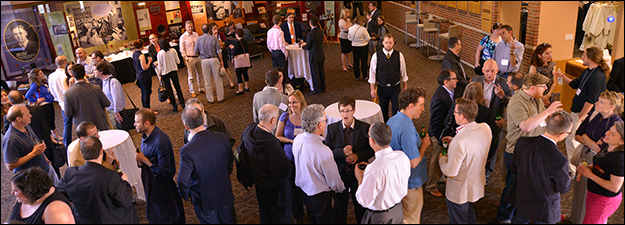Evidence of Bodies in Medieval and Renaissance England: Wombs, Wounds, and Words II
Sponsoring Organization(s)
Rocky Mountain Medieval and Renaissance Association
Organizer Name
Jennifer McNabb
Organizer Affiliation
Western Illinois Univ.
Presider Name
Jennifer McNabb
Paper Title 1
Troilus's Wounded Heart: Blood and Phlebotomy Metaphors in Geoffrey Chaucer's Troilus and Criseyde
Presenter 1 Name
Rachel Levinson-Emley
Presenter 1 Affiliation
Univ. of California-Santa Barbara
Paper Title 2
The Maternal Anxiety of Chaucer's Prioress
Presenter 2 Name
Samantha Demmerle
Presenter 2 Affiliation
Indiana Univ.-Bloomington
Paper Title 3
Women's Bodies as Evidence: Somatic Anxiety surrounding the Uterus and Vagina in the High Middle Ages
Presenter 3 Name
Ginger L. Smoak
Presenter 3 Affiliation
Univ. of Utah
Start Date
16-5-2015 3:30 PM
Session Location
Schneider 1280
Description
A pair of sessions sponsored by the Rocky Mountain Medieval and Renaissance Association (RMMRA) takes as their focus the role played by the body as an historical and historicized category of evidence in a variety of medieval and early modern texts. In this session, literary texts and methods illuminate the ways in which the body served as a locus of intense social, sexual, and legal anxieties. These records from medieval and Renaissance England reveal the body as both a physical reality and a theoretical concept, subject to continual contestation and redefinition.
J. McNabb
Evidence of Bodies in Medieval and Renaissance England: Wombs, Wounds, and Words II
Schneider 1280
A pair of sessions sponsored by the Rocky Mountain Medieval and Renaissance Association (RMMRA) takes as their focus the role played by the body as an historical and historicized category of evidence in a variety of medieval and early modern texts. In this session, literary texts and methods illuminate the ways in which the body served as a locus of intense social, sexual, and legal anxieties. These records from medieval and Renaissance England reveal the body as both a physical reality and a theoretical concept, subject to continual contestation and redefinition.
J. McNabb


